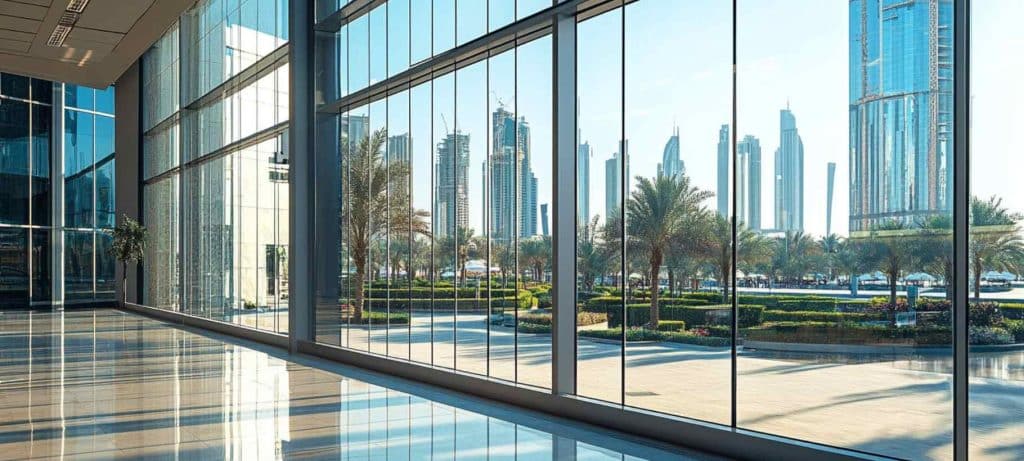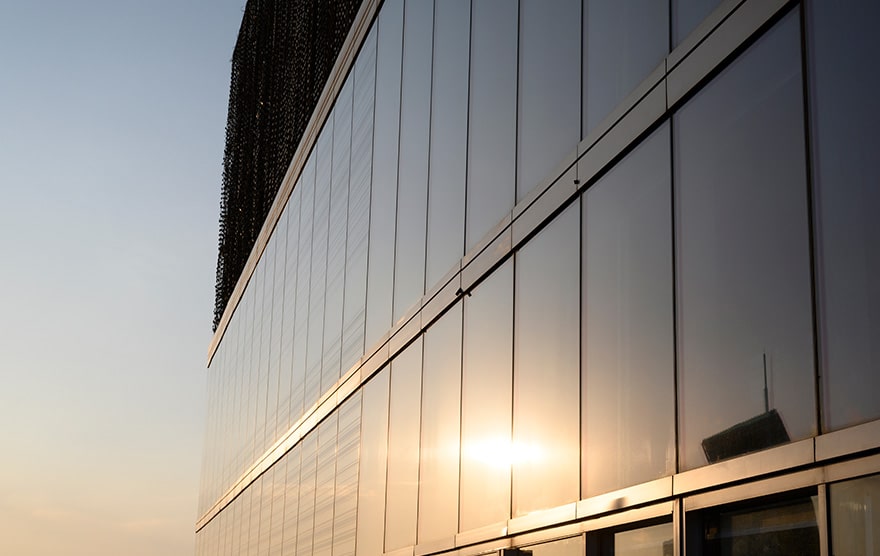In modern construction and architecture, choosing the right materials is crucial for creating structures that are safe, durable, and aesthetically pleasing. One material that has gained significant popularity is tempered glass. Companies like JTG specialize in providing high-quality tempered glass solutions that are ideal for a wide range of construction projects.
From enhanced safety features to superior strength, tempered glass offers numerous advantages that make it the go-to choice for architects, builders, and designers. Let’s explore the key benefits of using tempered glass in construction and why it is becoming an industry standard.
Enhanced Safety Features of Tempered Glass

One of the primary reasons tempered glass is favored in construction is due to its enhanced safety features. Unlike regular glass, which can shatter into large, sharp pieces, tempered glass is designed to break into small, blunt fragments that are less likely to cause injury. This property makes it an excellent choice for areas where safety is a top priority, such as schools, hospitals, and public buildings.
How Tempered Glass Improves Safety
Tempered glass undergoes a special heat-treatment process that increases its strength and changes the way it fractures. When broken, it crumbles into small, pebble-like pieces instead of dangerous shards. This feature is especially important in environments where the risk of accidents is high.
For instance, in high-traffic areas like shopping malls, office buildings, and sports arenas, using tempered glass can significantly reduce the risk of injury in the event of breakage.
In addition to its shatter-resistant properties, tempered glass is also more resistant to pressure and force. This means it is less likely to break from impacts or sudden temperature changes, making it a safer option for both interior and exterior applications.
Superior Strength and Durability Compared to Regular Glass
Tempered glass is known for its exceptional strength and durability. In fact, it is up to four to five times stronger than standard annealed glass. This increased strength makes it an ideal choice for projects that require long-lasting materials capable of withstanding heavy use.
The Process Behind Its Strength
The process of tempering glass involves heating it to temperatures above 600°C (approximately 1,100°F) and then rapidly cooling it. This process changes the internal structure of the glass, putting the surface into compression and the core into tension. The result is a material that can withstand significant force without breaking.
Due to its enhanced strength, tempered glass is often used in places where regular glass might fail. For example, it is commonly used for glass doors, windows, railings, and partitions in commercial buildings. Its durability also makes it an excellent choice for environments that experience high traffic or potential impacts, such as schools, airports, and train stations.
Heat and Impact Resistance for Long-Lasting Use

Another significant benefit of tempered glass is its ability to withstand high temperatures and sudden thermal changes. Regular glass can crack or shatter when exposed to extreme heat or rapid temperature shifts, but tempered glass is designed to handle these conditions with ease.
Ideal for Exterior and High-Temperature Applications
Tempered glass’s heat resistance makes it suitable for exterior applications, such as facades, skylights, and glass canopies, where exposure to the sun and varying weather conditions is a concern. Its ability to endure extreme temperatures also makes it a preferred material for kitchen environments, such as oven doors and stovetops, where safety and durability are critical.
In addition to heat resistance, tempered glass also excels in impact resistance. This quality makes it ideal for applications that are exposed to potential physical stress, such as glass doors, shower enclosures, and gym mirrors. Its resilience ensures that these installations maintain their integrity over time, reducing the need for frequent replacements and repairs.
Cost Efficiency Through Durability
The long-lasting nature of tempered glass contributes to cost savings over time. Its resistance to wear and tear means that it requires less maintenance and replacement compared to regular glass. This durability makes tempered glass a cost-effective choice for both commercial and residential projects, where minimizing long-term maintenance costs is a priority.
Applications of Tempered Glass in Modern Architecture
The versatility of tempered glass extends beyond its functional benefits; it also offers design flexibility that architects and designers appreciate. Its transparency and sleek appearance align with the minimalist and modern aesthetic that is popular in contemporary architecture.
Glass Facades and Curtain Walls
One of the most common uses of tempered glass in architecture is in the construction of glass facades and curtain walls. These features not only enhance the visual appeal of a building but also allow for natural light to flood the interior spaces, reducing the need for artificial lighting and improving energy efficiency.
Interior Applications: Partitions, Railings, and Doors
Inside buildings, tempered glass is often used for creating partitions, railings, and doors. Its ability to provide a sense of openness while still maintaining structural integrity makes it ideal for creating bright and airy interiors. Glass partitions in office spaces, for instance, promote transparency and collaboration while maintaining a level of privacy.
Tempered glass is also a popular choice for stair railings and balcony barriers due to its combination of strength and aesthetics. It provides safety without obstructing views, making it a great option for both residential and commercial properties.
Shower Enclosures and Kitchen Backsplashes
In residential settings, tempered glass is commonly used in shower enclosures, kitchen backsplashes, and glass countertops. Its resistance to moisture, heat, and stains makes it a practical choice for areas that experience heavy use. Additionally, the sleek and modern look of glass can elevate the design of any home.
Tempered glass has become an indispensable material in the world of construction and architecture. Its enhanced safety features, superior strength, heat and impact resistance, and versatility make it an ideal choice for a wide range of applications. Whether you are looking to create a modern glass facade, install durable partitions, or enhance interior spaces with sleek glass features, tempered glass offers both functional and aesthetic benefits that are hard to match.
By partnering with experts like JTG, businesses and homeowners can access top-quality tempered glass solutions tailored to their specific needs. Investing in tempered glass not only enhances the safety and durability of a project but also contributes to a modern and elegant design that stands the test of time.








